Description
In the realm of industrial automation, achieving precise, high-speed oversight of complex processes often boils down to having a controller that can juggle multiple variables without flinching under pressure. Imagine a petrochemical refinery where distillation columns demand millisecond-responsive adjustments to temperature, flow, and pressure—any lag in the control loop could spike energy costs, compromise product quality, or trigger safety interlocks that idle entire units. Or picture a metals smelting operation, with furnaces running hot under variable loads, where imprecise data handling leads to material inconsistencies or inefficient fuel burn, eating into margins in an already tight market. These aren’t edge cases; they’re the daily grind for engineers tasked with maintaining system stability in process control setups, where I/O signal integrity and computational grunt are non-negotiable for high reliability.
- XUD194 3BHE018137R0001 AC800PEC
- XUD194 3BHE018137R0001 AC800PEC
Enter the ABB XUD194 3BHE018137R0001 AC800PEC, a powerhouse process controller module crafted to tackle these exact challenges head-on. At its core, it addresses the need for tight control loops and seamless integration, turning fragmented sensor data into actionable insights that keep operations fluid. In scenarios like continuous batching in pharmaceuticals or turbine sequencing in power plants, this module shines by processing high-speed inputs without bottlenecks, ensuring your DCS or SCADA layer gets clean, timely feeds for predictive adjustments. It’s the kind of tool that lets you sidestep the pitfalls of underpowered legacy hardware—think dropped packets from EMI-heavy environments or scalability walls that force costly overhauls.
What elevates the ABB XUD194 3BHE018137R0001 AC800PEC in industrial automation circles is its no-nonsense approach to real-world demands. Rather than layering on gimmicks, it prioritizes robust signal conditioning and modular expandability, so you can layer in I/O racks or communication gateways as your plant evolves, all while upholding the high reliability that regulators and auditors scrutinize. For teams retrofitting older systems, it cuts through integration friction, supporting hybrid protocols that bridge analog holdovers with modern Ethernet backbones. In essence, it empowers you to focus on optimizing yields, not wrestling with unreliable feedback that masks true process trends.
The ABB XUD194 3BHE018137R0001 AC800PEC sits squarely in the heart of your automation stack as a central processing hub, orchestrating data from field devices through to supervisory layers with effortless coordination. It ingests analog and digital I/O signals via its configurable channels, running embedded algorithms to execute control strategies—like PID tuning for flow regulation or sequence logic for startup sequences—before outputting commands to actuators or valves. In an AC800PEC chassis, it mounts directly to the backplane, sharing resources with companion modules for a unified I/O architecture that scales from standalone skids to enterprise-wide networks.
Interaction-wise, it thrives on ABB’s CEX bus for intra-rack speed, while dual Ethernet ports handle upstream ties to HMIs or historians, supporting protocols like Modbus TCP or Profinet for cross-vendor harmony. Redundancy is baked in through duplex CPU options, allowing failover in under a cycle to dodge single-point failures, and its diagnostic engine—viewable via Control Builder Pro—surfaces runtime metrics like cycle times or fault histograms to preempt issues. Positioned as the brains of distributed setups, the ABB XUD194 3BHE018137R0001 AC800PEC excels in edge computing roles, offloading grunt work from cloud layers to keep latency low in remote substations or conveyor lines. For mixed environments, its firmware-upgradable core means you can adapt to evolving standards without hardware swaps, smoothing the path from commissioning to sustained ops.
| Specification | Details |
|---|---|
| Model Number | XUD194 3BHE018137R0001 |
| Brand | ABB |
| Type | Process Controller Module |
| Input Voltage | 24 V DC |
| Operating Temp Range | -20°C to +60°C |
| Mounting Style | Backplane / DIN Rail |
| Dimensions | 160 x 100 x 50 mm |
| Weight | 1.8 kg |
| Interface/Bus | CEX Bus, Ethernet |
| Compliance | CE, RoHS, IEC 61508 (SIL 3) |
| Supported Protocols | Modbus TCP, Profinet, Ethernet/IP |
| Typical Power Draw | 8 W |
Selecting the ABB XUD194 3BHE018137R0001 AC800PEC delivers a foundation of reliability that’s tuned for the grind of nonstop operations, where consistent performance isn’t a luxury but a baseline for hitting production targets. In dusty mill floors or humid processing halls, its EMI-hardened enclosure and wide thermal envelope keep loops locked in, sidestepping the drift that erodes efficiency in lesser controllers—translating to steadier outputs and fewer quality rejects over shifts. This module doesn’t just crunch numbers; it anticipates variances, enabling subtler interventions that shave energy use or boost throughput without manual overrides.
Integration flows naturally too, slashing engineering overhead by auto-configuring with ABB’s ecosystem—plug in an I/O base, and it’s scanning channels in minutes, freeing cycles for fine-tuning models rather than chasing configs. Engineered for enduring performance, the ABB XUD194 3BHE018137R0001 AC800PEC incorporates self-healing diagnostics that log anomalies for root-cause dives, turning reactive fixes into scheduled tweaks that extend MTBF. For scalability, its slot-based expansion means growing from 100 to 1,000 points feels incremental, not invasive, fostering a control architecture that evolves with your facility’s ambitions while holding costs in check.
In oil refining towers, the ABB XUD194 3BHE018137R0001 AC800PEC drives fractional distillation controls, juggling high-speed pressure and level signals to optimize cuts amid feedstock swings—its fast cycle times ensure precise valve modulation, upholding critical system uptime in explosive process control environments where seconds count. Power utilities lean on it for boiler management, sequencing fuel feeds and steam bypasses under grid fluctuations; here, redundancy features maintain stability during transients, integrating with SCADA for oversight that prevents cascading faults.
Cement kilns represent another stronghold, where the module orchestrates raw mill circuits, blending sensor data for real-time clinker quality adjustments in high-dust, heat-soaked conditions. Across these—refineries, utilities, and heavy materials—the ABB XUD194 3BHE018137R0001 AC800PEC anchors resilient automation, delivering the high reliability needed for continuous uptime and adaptive process control.
3BHE014070R0001 DO801 – Discrete output module for actuator commands in basic sequencing tasks.
PPD517A3011 – High-channel analog processor for dense sensor arrays in monitoring-heavy setups.
3BSE030193R1 PM865 – Compact CPU alternative for smaller-scale AC800M integrations.
AI880A01 – Analog input expander, ideal for multi-variable process tuning.
XUD193 3BHE018136R0001 – Predecessor variant with legacy protocol support for phased upgrades.
PPD113 B03-23-100110 – Power distribution companion for rack-level stability.
3BHE057901R0101 PCD235C101 – Enhanced I/O base for extended field connections.
Before committing the ABB XUD194 3BHE018137R0001 AC800PEC to your backplane, verify CEX bus alignment with adjacent modules—mismatches in firmware revisions can stall handshakes, so run a compatibility matrix from ABB’s library against your chassis config. Gauge enclosure ventilation too; at full throttle, it pulls meaningful watts, so factor in fan curves or heat sinks if your ambient skews toward the hotter end. Prep the programming environment by loading the latest Control Builder iteration, and bench-test a virtual loop to confirm I/O mapping before live wiring.
In service, upkeep stays grounded and efficient. Weekly glances at the front-panel LEDs spot cycle overruns or comms glitches early, cueing a log pull for patterns. Quarterly, probe connectors for oxidation—especially in coastal installs—and re-seat if resistance creeps up, using a torque wrench to spec for vibration-prone spots. Tie in an annual health audit via software: export runtime stats, simulate faults, and recalibrate if drift exceeds 1%, keeping your process control sharp without pulling the unit offline. These habits leverage the module’s transparency to preempt downtime, making reliability a quiet constant.

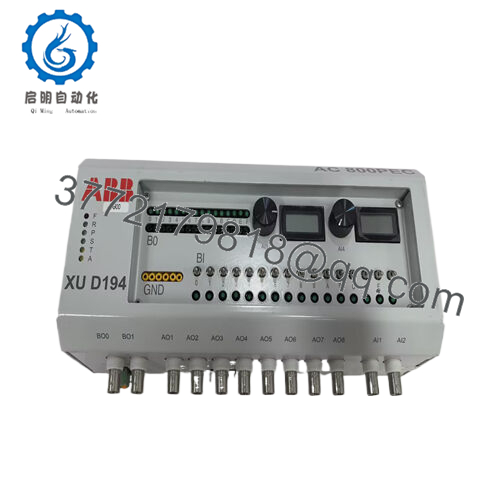
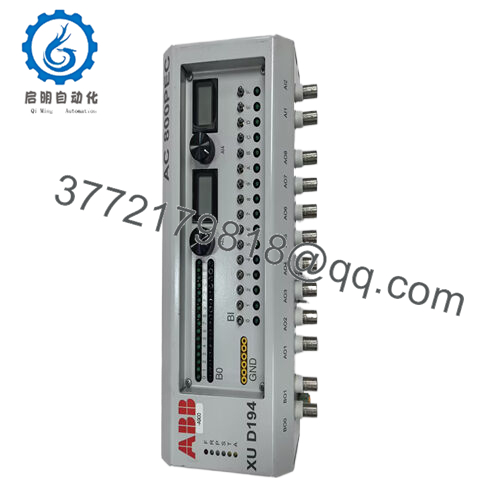
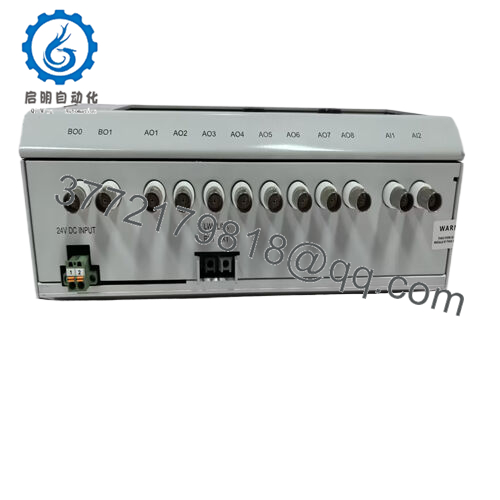
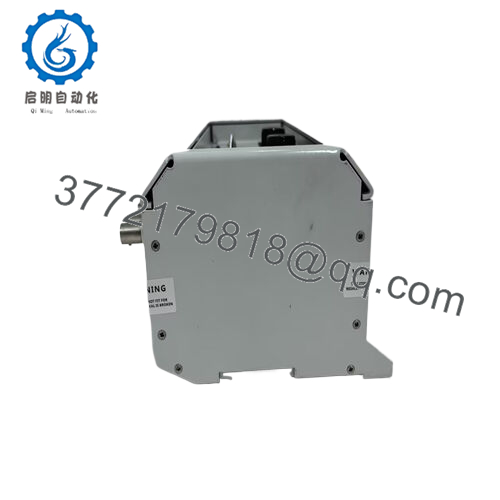
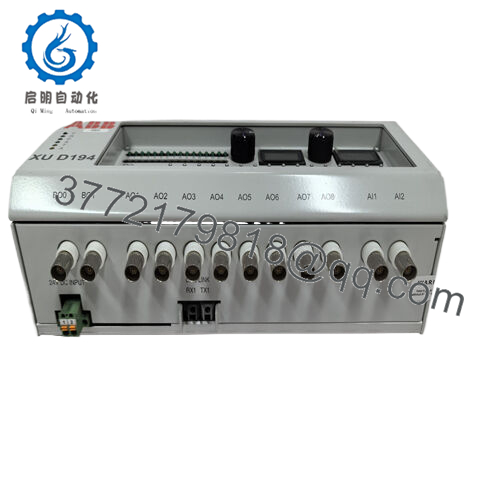
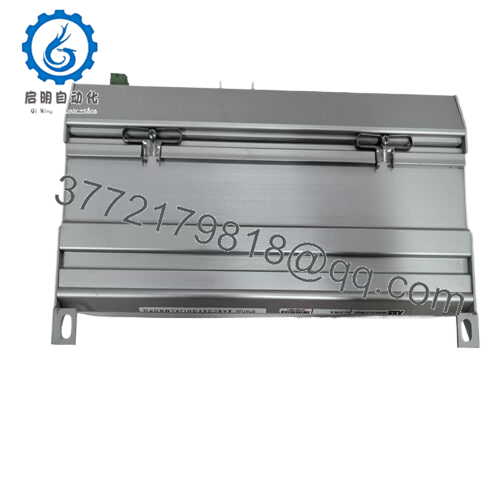
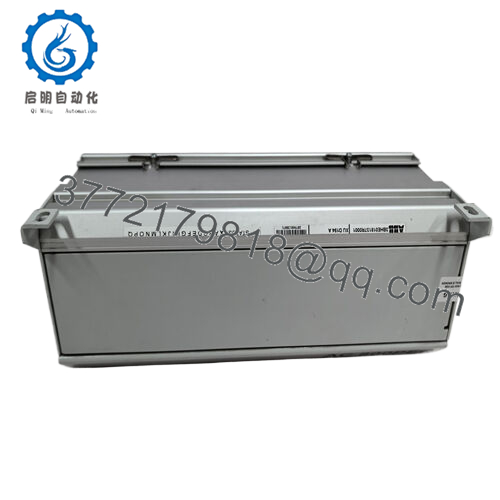
 WhatsApp: +86 16626708626
WhatsApp: +86 16626708626 Email:
Email:  Phone: +86 16626708626
Phone: +86 16626708626


